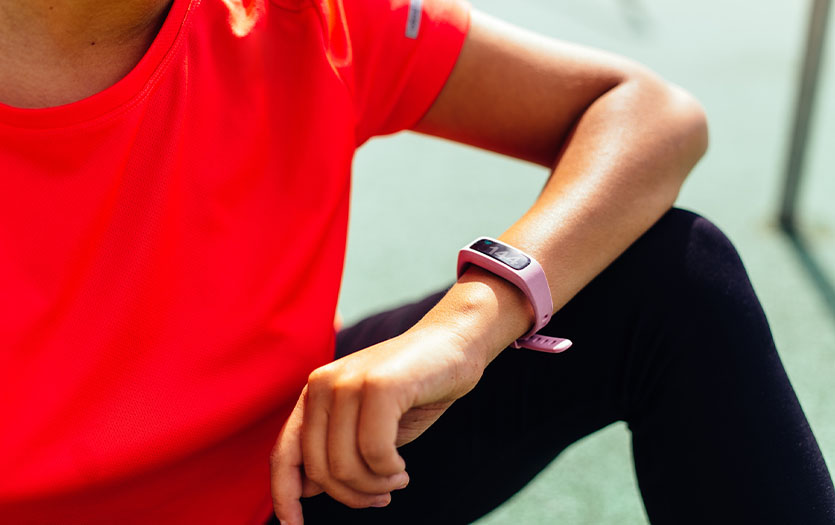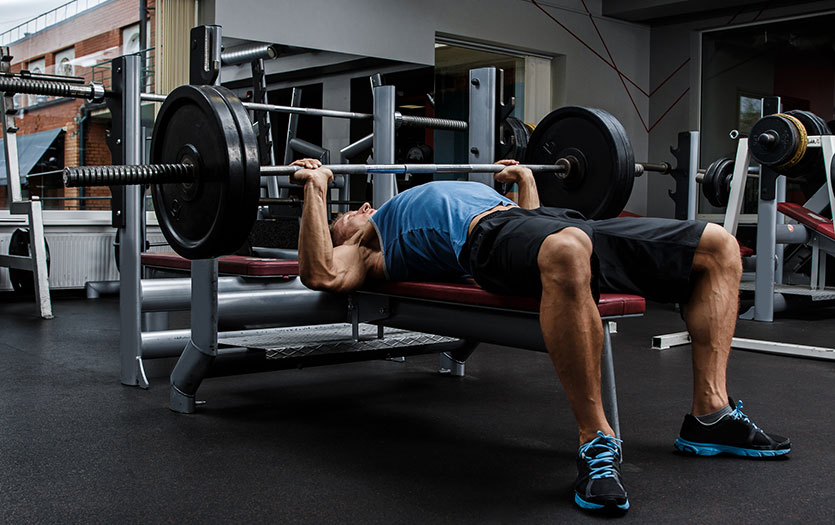
This post was written by Sami Kauffman, RD, sports dietitian, Parkview Sports Medicine.
Whether you’re an active winter athlete or a few weeks into a resolution to move more in the new year, you might be noticing some fatigue during exercise. This could be attributed to Low Energy Availability (LEA). Here’s how to recognize the symptoms and get more fuel in your tank to support your physical output.
What is Low Energy Availability?
LEA occurs when an athlete's calorie intake is insufficient to meet the energy required for their daily life and additional training.
When compared to the average person, athletes are particularly at risk of experiencing LEA because of things like altered dietary behavior caused by body dissatisfaction, the misconception that lower body weight will result in greater performance or social pressures to maintain a specific appearance.
Signs of Low Energy Availability
LEA can present in an athlete through things like underperformance, but it’s important to note that it could also be masked by the positive influence of lower body weight in some sports.
If not recognized and left untreated, LEA can lead to things like:
- Decreased muscle strength
- Decreased concentration
- Irritability
- Increased injury risk
- Decreased coordination
Some signs and symptoms that athletes can experience that you should be aware of include:
- Reduced training capacity
- Repeated injury/illness
- Delayed/prolonged recovery time
- Failure to lose weight
- Reduced/low bone density
- Reduced libido
- Disruption in menstrual cycle
- Excessive fatigue
How to avoid Low Energy Availability
The energy level for an athlete or active individual should never drop below their resting metabolic rate, which can be found with this equation:
- Men: (10 × weight in kg) + (6.25 × height in cm) - (5 × age in years) + 5
- Women: (10 × weight in kg) + (6.25 × height in cm) - (5 × age in years) - 161
Dietary alterations or restrictions associated with LEA are known to influence muscular adaptations in both endurance and strength athletes. This can particularly affect athletes of all types due to the impact on muscle building.
If you suspect an athlete is experiencing LEA, refer them to a sports dietitian immediately for further assessment and management. This will help them learn how to properly fuel to achieve optimal performance in their sport or area of activity. Contact us at 260-266-4007 for more information on Sports Nutrition or to schedule a consultation.



